AMD looks as though it’s coming out swinging against Intel in the march to capture the next-gen gaming handheld market, as the company has just published its new benchmarks for the AMD Ryzen AI 9 HX 370 chip. Compared to the Intel Core Ultra 7 258V, AMD claims it is up to 75% faster at gaming than the new Intel chip.
This is good news for any firm looking to make the best gaming handheld, as the HX 370 is set to be featured in premium handhelds, such as the new OneXPlayer F1 Pro. These tests from AMD all show the games being run at 1080p with medium settings, and with upscaling tech such as FSR enabled.
FSR and other upscalers, such as Intel XeSS, take down the game’s resolution and reconstruct it at the desired screen resolution. This takes a massive load off the GPU, allowing systems such as the Steam Deck OLED or Asus ROG Ally to run games at far faster frame rates than by rendering at the native resolution.
Of course, these results come from AMD rather than independent testing, so they need to be taken with the appropriate grain of salt, but they appear to show a large gulf between the performance of AMD and Intel’s latest handheld and laptop chips. One of the largest gaps is seen in Forza Horizon 5. Microsoft’s racing sim cracks an average frame rate of 68fps on the Core Ultra 258V, while the HX 370 doubles this to 135fps with AMD’s tech backing it.
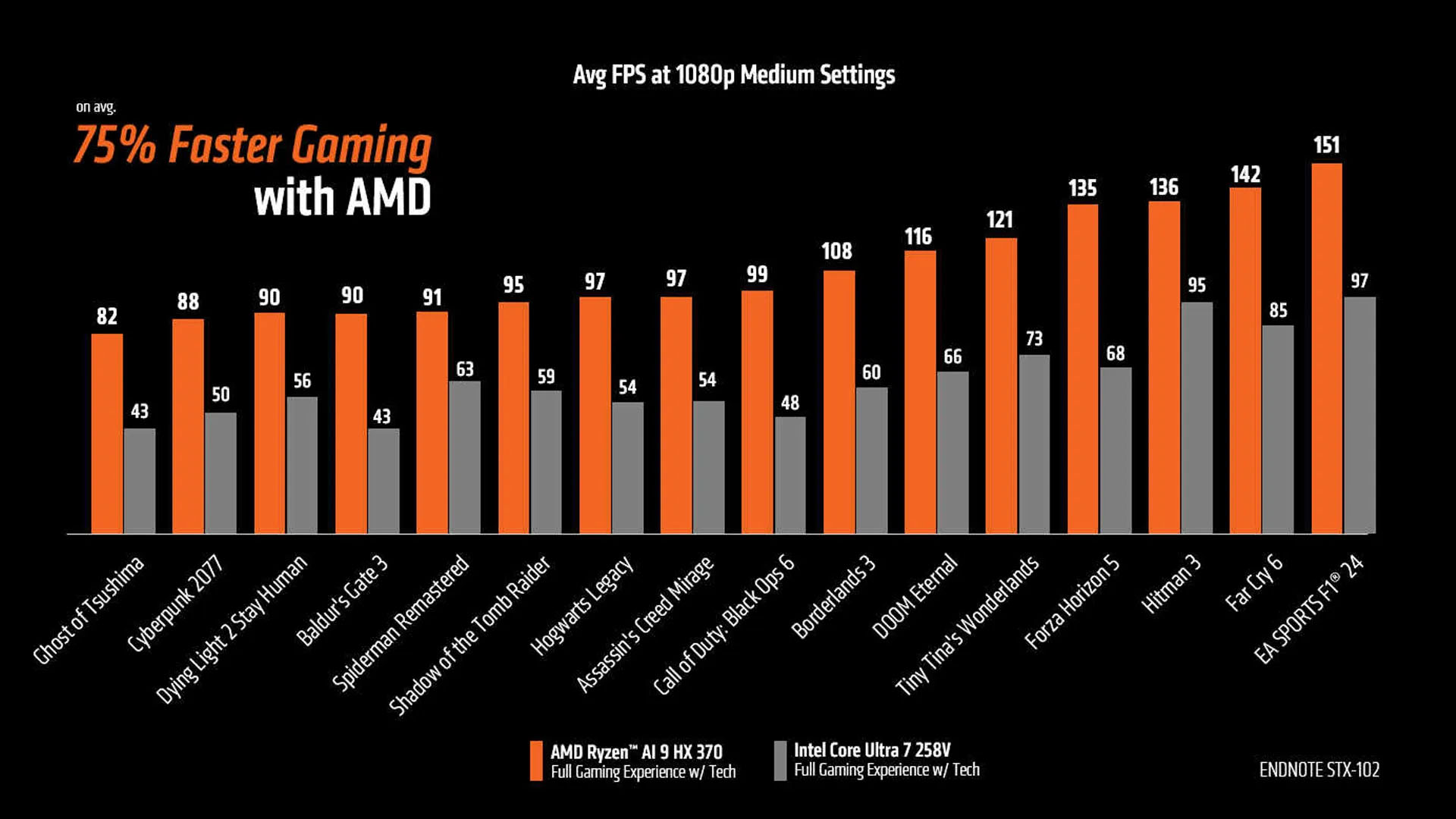
Even Call of Duty’s latest entry, which you can read all about in our Black Ops 6 review, sees massive gains by simply being run on the AMD hardware. Hitting shy of 100fps, it easily beats Intel’s efforts at 48fps. On currently available hardware, the Z1 Extreme, and last-generation APUs, the game averages around 58-60fps (with FSR on), depending on the situation.
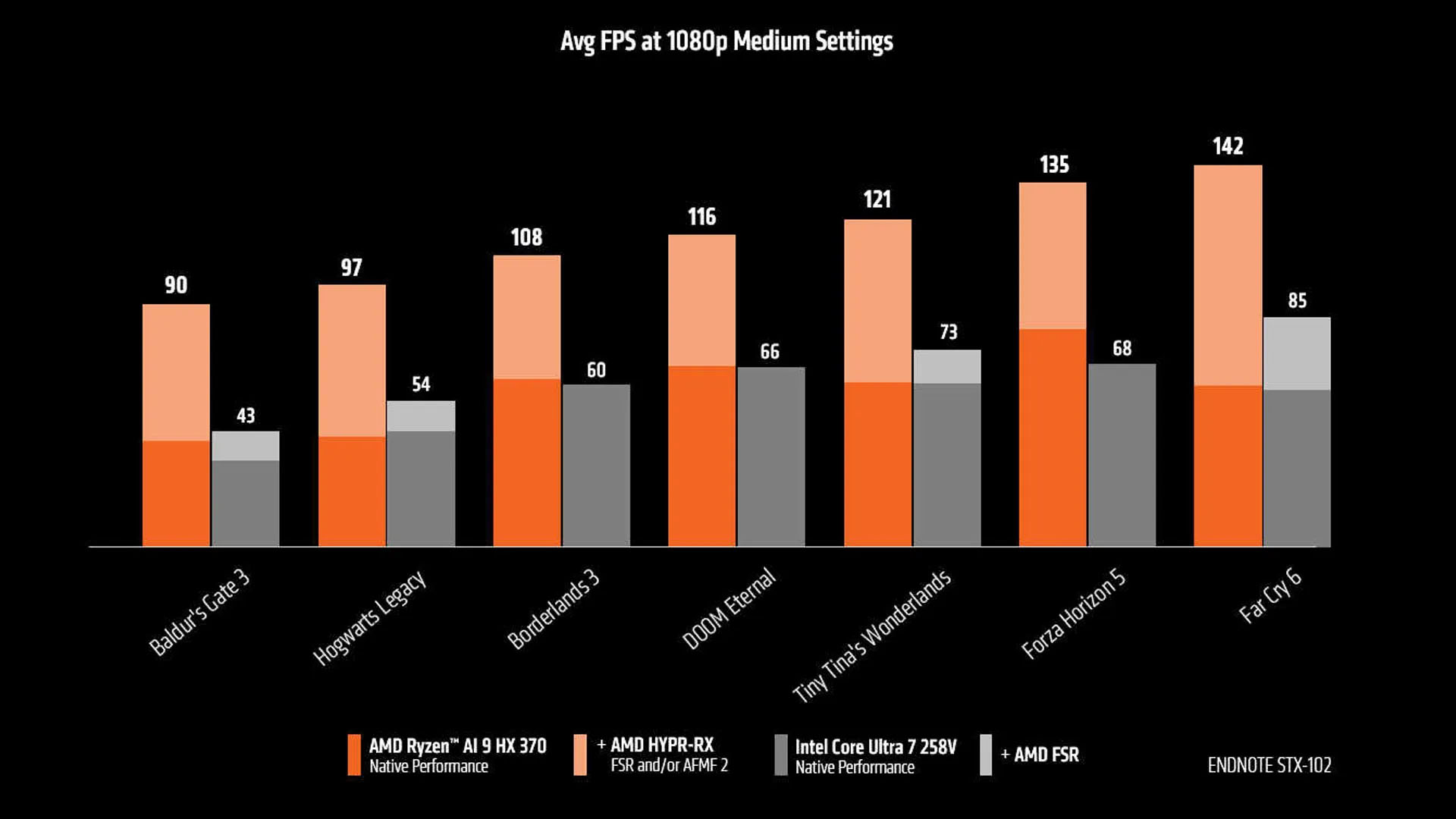
While it is an AMD-led benchmark, that doesn’t mean Intel has been left entirely out in the cold. AMD shows that, without the upscaler in place, the gaming performance runs significantly closer to the Intel chips when run natively. In some cases, the Intel 258V runs comparatively close to or better than the AMD chip in these cases, as you can see in the graph above.
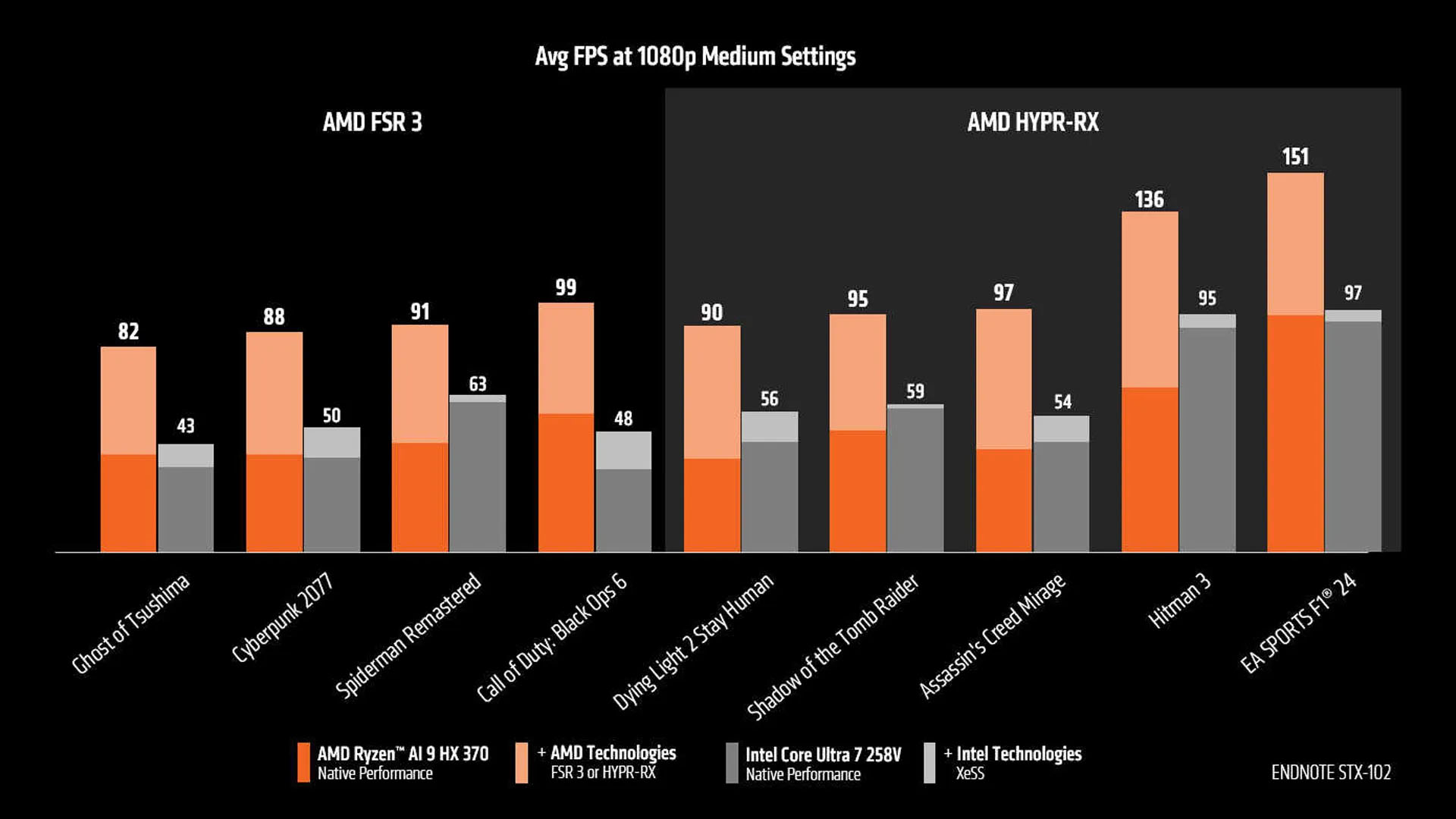
However, the handheld (and by extension, mini PC) world relies on these technologies to get most recently released games running smoothly. Seeing titles like Black Ops 6 and Cyberpunk 2077 go far beyond expectations is still quite impressive.
AMD’s work in that area, and with the upcoming hardware releases, could see far more demanding games, even with the Stalker 2 system requirements, running relatively comfortably, albeit with some caveats.
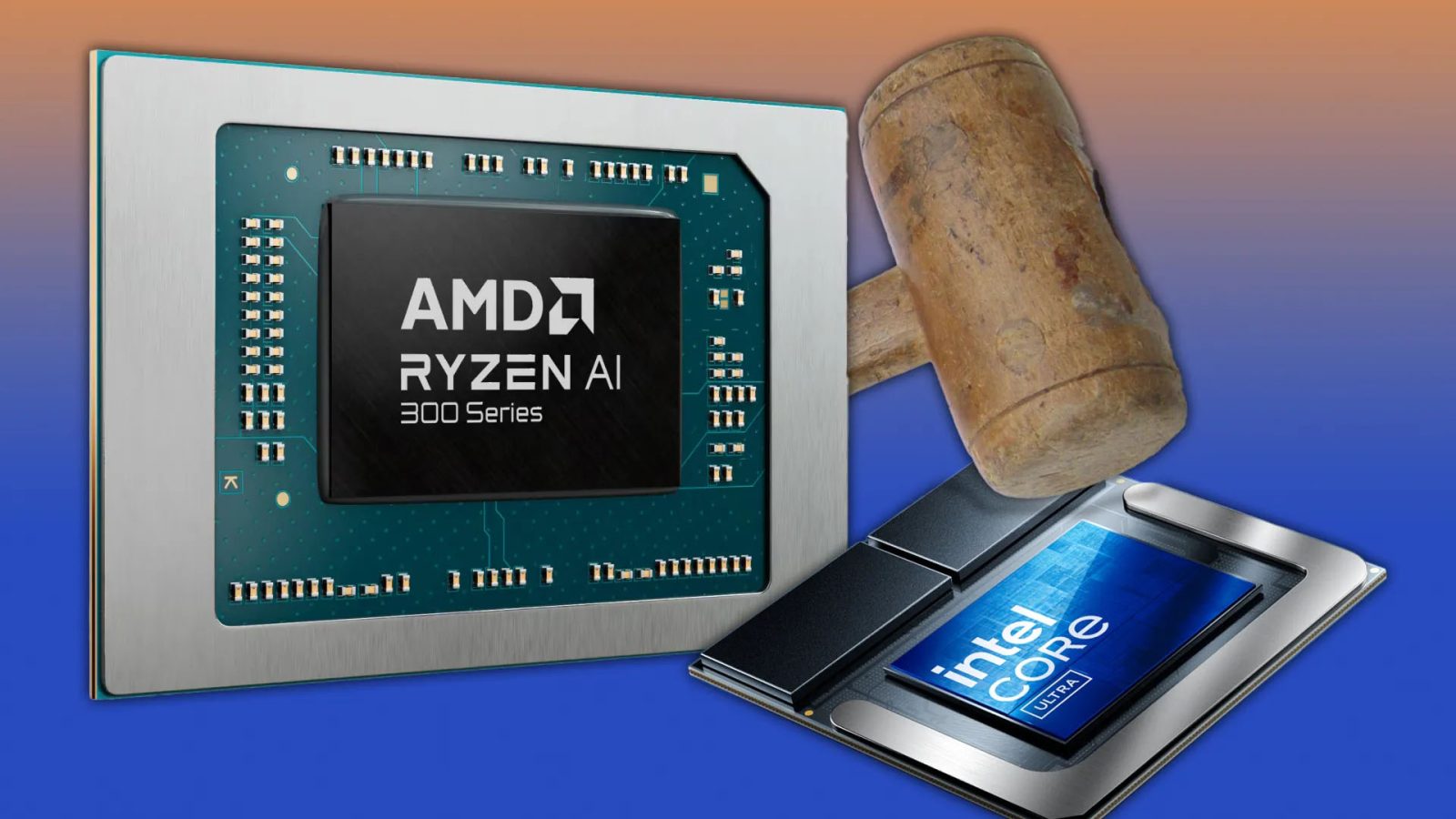







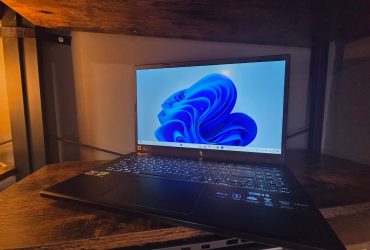
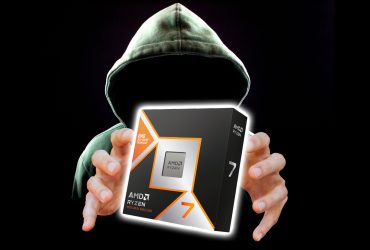


Leave a Reply